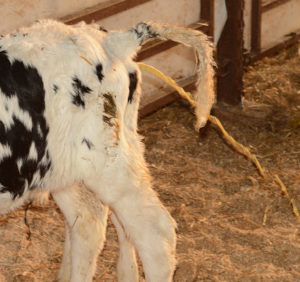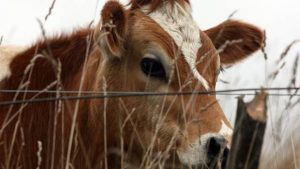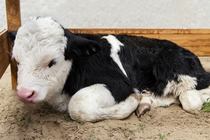Cryptosporidium is an intracellular coccidian parasite causing gastrointestinal disturbances resulting in diarrhea in humans and animals. It is more frequently detected in calves and early childhood, and one of the major causes of mortality in low-income countries. National estimates of Cryptosporidium infection rate in cattle and humans are lacking in Ethiopia. Therefore, this systematic review and meta-analysis estimated the prevalence and assess the risk factors of Cryptosporidium infection in cattle and humans over 20 years.
 Article searches were made using PubMed, HINARI, Research Gates, AJOLs and Google Scholar databases. Studies that met the inclusion criteria under the preferred reporting items for systematic reviews and meta-analyses (PRISMA) checklist were used. Random effects models and Inverse Variance Index were used to calculate the pooled prevalence of cryptosporidiosis and heterogeneity among studies, respectively. A total of 23 eligible studies published between 2000 and 2020 were selected for this study. The estimated pooled prevalence of cryptosporidiosis was found to be 16.2% and 11% in cattle and humans, respectively.
Article searches were made using PubMed, HINARI, Research Gates, AJOLs and Google Scholar databases. Studies that met the inclusion criteria under the preferred reporting items for systematic reviews and meta-analyses (PRISMA) checklist were used. Random effects models and Inverse Variance Index were used to calculate the pooled prevalence of cryptosporidiosis and heterogeneity among studies, respectively. A total of 23 eligible studies published between 2000 and 2020 were selected for this study. The estimated pooled prevalence of cryptosporidiosis was found to be 16.2% and 11% in cattle and humans, respectively.
Ten Cryptosporidium species were documented with cattle and human-based studies. C. andersoni, C. parvum, C. bovis and C. ryanae were the reported species in cattle. Similarly, in humans, seven types of Cryptosporidium species (such as C. parvum, C. hominis, C. viatorum, C. felis, C. meleagridis, C. canis and C. xiaoi) was recorded. C. parvum and C. hominis were the dominant and responsible species for human illness. Using gp60 gene locus analysis, various zoonotic C. parvum subgenotypes were determined in humans; but it was limited in anthroponotic C. hominis.
In conclusion, the overall prevalence of Cryptosporidium infection in cattle and humans was high and linked with several risk factors. Thus, there is a need for further epidemiological and genetic diversity studies, and awareness of creations on the disease to provide strategies that mitigate the disease in cattle and humans.
Cryptosporidium infection in cattle and humans in Ethiopia: A systematic review and meta-analysis, 13 July 2021
Parasite Epidemiology and Control
Zewdu Seyoum, Tarekegna, Yeshifana Tigabua, Haileyesus Dejeneab
https://doi.org/10.1016/j.parepi.2021.e00219
https://www.sciencedirect.com/science/article/pii/S2405673121000209











